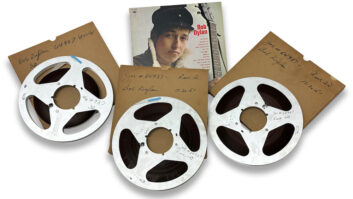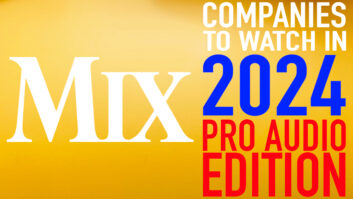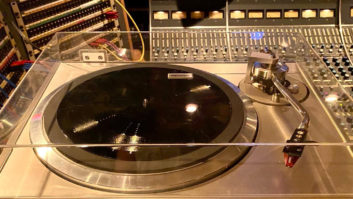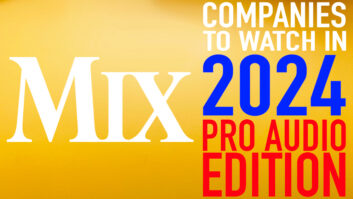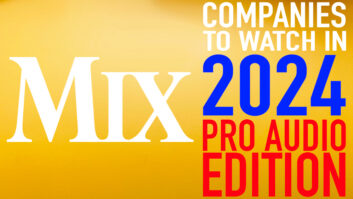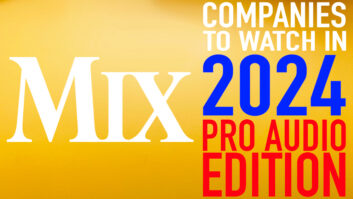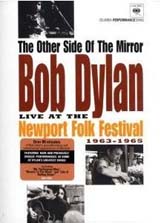
The last couple of years there’s been a spate of excellent DVD releases covering Bob Dylan’s early and mid-’60s music, including Martin Scorsese’s interesting and insightful semi-authorized documentary No Direction Home, the classic D.A. Pennebaker film Don’t Look Back, and now this 83-minute compilation of performances culled from three consecutive years of the Newport Folk Festival. Directed by Murray Lerner, the DVD offers a fascinating glimpse of both Dylan’s evolution as a songwriter in the mid-‘60s, and how we was perceived and received by the folk music world as he began his ascendancy towards genuine stardom. The emphasis here is on Dylan’s performances; there is no narration or linear thread, very little offstage footage and no talking heads per se, save for a brief casual interview from the period with Joan Baez (who also sings with Dylan on a few songs in the 1963 and ’64 segments) and a remark from a concertgoer in 1965 questioning Dylan’s relevance in light of his increasing popularity.
Most of what’s here is crisp but simply shot black and white footage (usually from two cameras) of a man with his guitar (and harmonica) singing his songs in his inimitable style. Much of it is in extreme close-up, with just Dylan’s head and a microphone in the frame—great for really digging into the lyrics without any distractions. The first two years’ music is mono (but very clear); by ’65 it’s stereo—just in time for Dylan’s move to electric music.
It’s fascinating witnessing the way the crowd reaction to Dylan changes over the course of the three festivals. When we first see him in 1963 at an afternoon workshop playing “North Country Blues” (which he introduces, accurately, as a song about iron ore mining—don’tcha love folk music?!), you can tell he has some fans already, but you can also sense the curiosity of the crowd, and feel them sort of saying, “Hey, who is this guy? He’s pretty damn good.” The great Doc Watson sits beside him at the workshop, engrossed in the tale Dylan spins in the song. When Joan Baez comes out and joins Dylan on “With God on Our Side,” you can tell that she was the bigger star in that universe then…but it would be the last time that would be the case. By 1964, he would be the biggest name in folk music. The DVD artfully switches from the Dylan-Baez workshop performance of that song to one on the main stage that night, and then settles into a few other solo tunes, including the wry “Talkin’ World War III Blues,” “Who Killed Davey Moore?” and the already popular anthem, “Blowin’ in the Wind.”
The 1964 segment opens with a stage introduction from folk icon Pete Seeger followed by a spellbinding (pre-Byrds) take on “Mr. Tambourine Man.” Next comes a cute montage where we get a verse of Johnny Cash singing “Don’t Think Twice, It’s Alright,” (after praising Dylan as the best songwriter in America); a bit of Baez imitating Dylan singing a song she popularized, called “Mary Hamilton”; and Dylan and Baez barely keeping a straight face during a ragged “It Ain’t Me Babe.” “Chimes of Freedom” ends the segment with poetic power and grace. The crowd doesn’t want Dylan’s set to end and poor Peter Yarrow (of Peter, Paul & Mary) has the unenviable task of informing the cheering throng that there is no time for an encore; that there’s a schedule to keep. Finally, Bob comes out, looking all smiley and goofy, and briefly explains there is no time left for him to play and tells the crowd that he loves them. Aww!
And then we go to 1965. Everything seems cool at the very well-attended afternoon workshop performance, as Dylan rolls through “If You Gotta Go Now” and one of my all-time favorite tunes, “Love Minus Zero/No Limit.” But when that performance ends and he gets into a car to leave, the crowd presses around the car and for the first time we get the sense of just how popular he has become. He looks at once amused and disturbed by the fact that he is momentarily, literally, a prisoner of his own fame. Next we get a taste of the of what’s to come that evening, as in the empty arena he and an electric band (most of the Butterfield Blues Band, featuring Mike Bloomfield on guitar) do a partial soundcheck on a new tune—what we omniscient viewers from the future know is his classic “Like A Rolling Stone.”
Then the scene switches to that night and Dylan and the band roar through an assured “Maggie’s Farm.” As has been widely reported by eyewitnesses over the years, the applause at the end of the number is mixed in with a lot of booing—Dylan, still rising hero of the folk scene, has betrayed his followers by plugging in! To which I say….Get over it! Next comes a full-on version of “Like a Rolling Stone,” and though slightly tentative musically, it’s still magnificent, with Bloomfield unleashing great flurries of squealing notes and Al Kooper steady on the B-3 organ. (Unfortunately, during the segment with the band we never really see anyone other than Dylan; at last the limitations of the two camera-approach rear their ugly head.) Again the reaction is mixed, to put it charitably, though since it evidently concludes the set, there is a call for an encore, and Peter Yarrow assures the crowd that Bob will be back…with an acoustic guitar! Indeed, he comes back for “Mr. Tambourine Man” and one of the highlights of the disc—a gripping version of “It’s All Over Now, Baby Blue.” Little did the audience know what was just around the next bend—Blonde On Blonde and a million other changes.
Obviously, if you’re a Dylan fan, this DVD should be considered an essential purchase. Good stuff; it feels real and true, just like the remarkable music it celebrates.
Some credit info: Music supervisor: Steve Berkowitz. Music mixer: Michael Brauer/Quad Studios. Rerecording engineer: Mike Fisher. Mastering: Mark Wilder.
You can hunt me down at [email protected].
